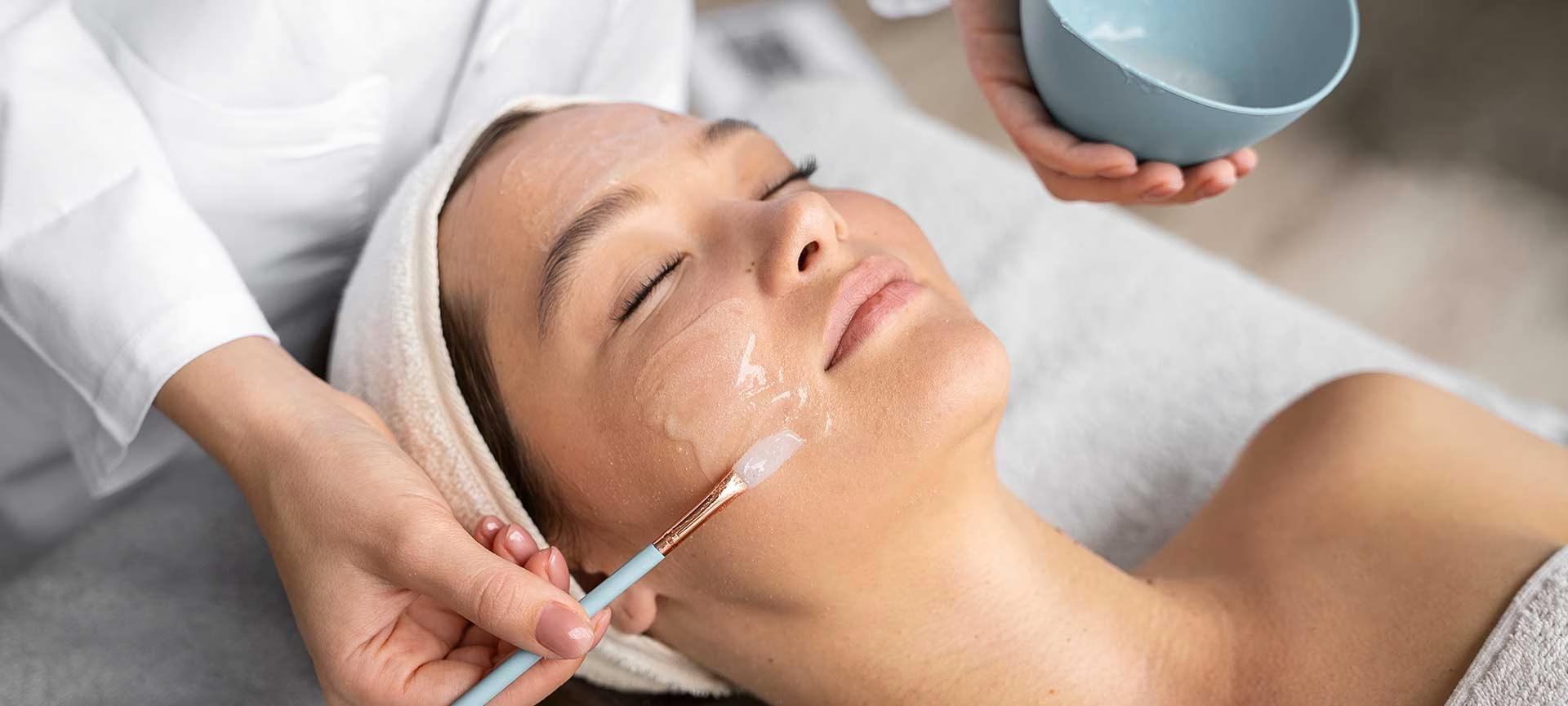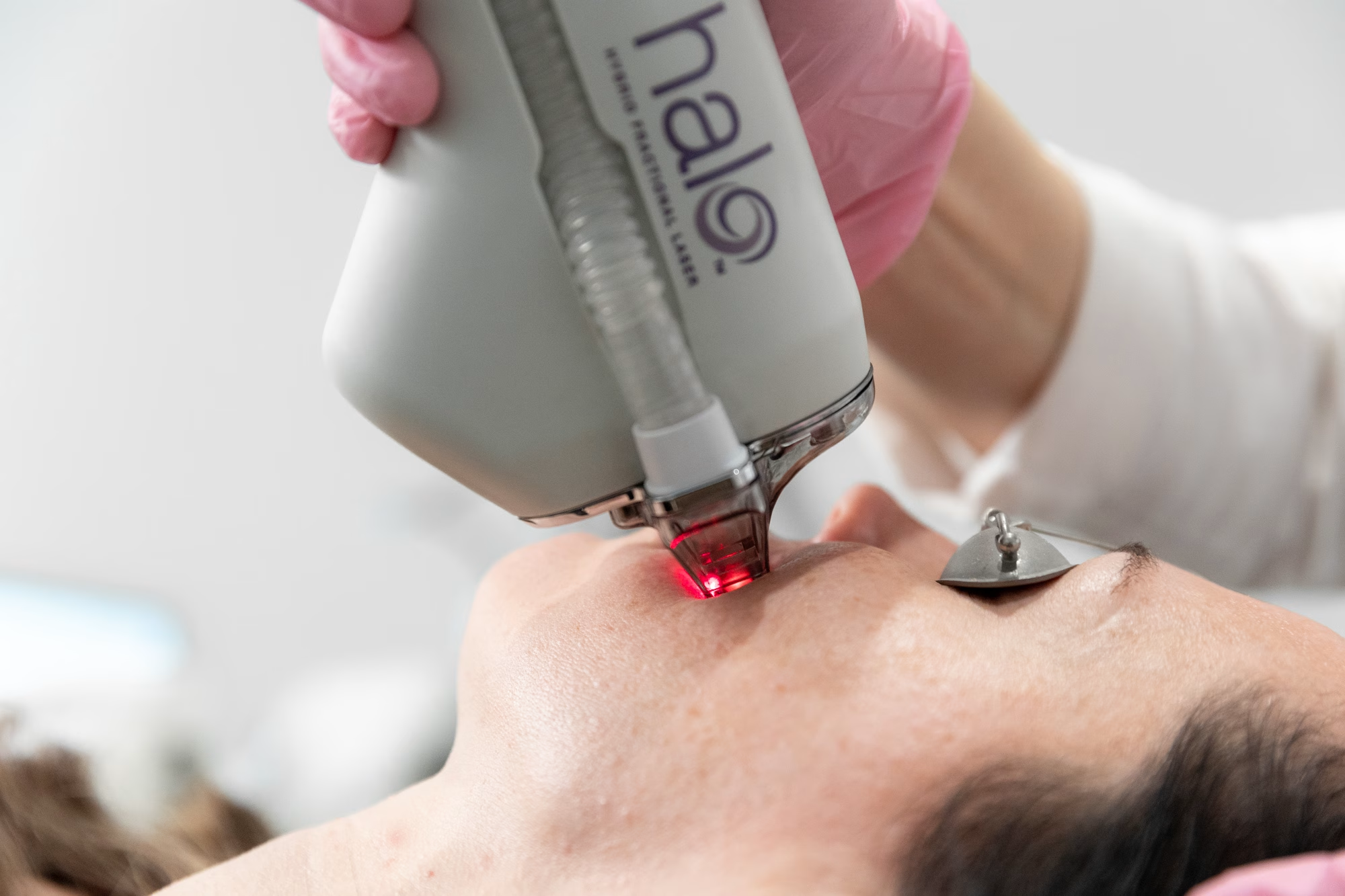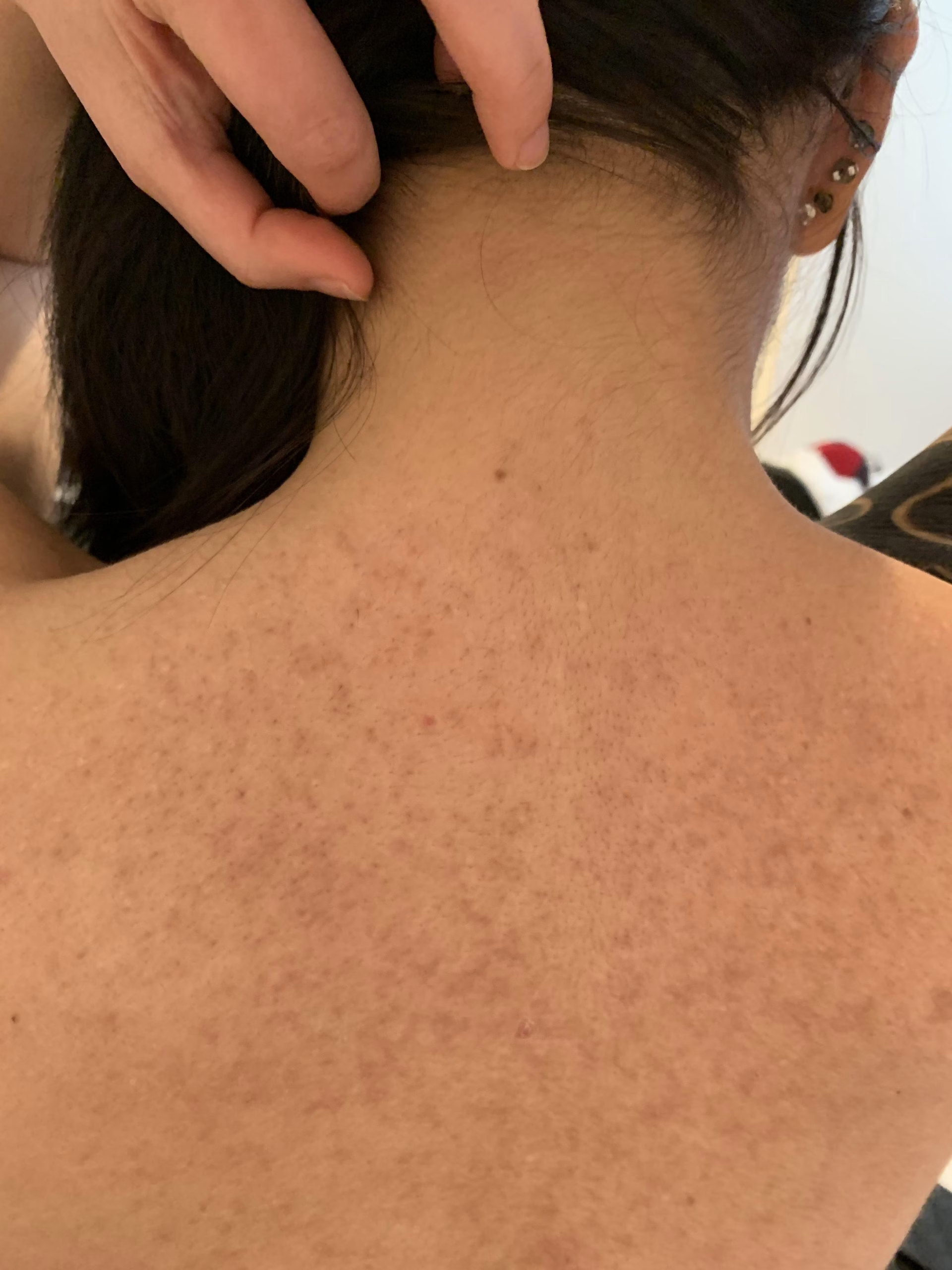
Keratosis pilaris
Keratosis pilaris, a common skin condition also known as “chicken skin,” is characterized by small, rough, and sometimes reddish bumps on the skin. It can be a source of discomfort and aesthetic concern for many people and can stem from a variety of causes.
There are different types of keratosis pilaris, each characterized by specific skin manifestations. The available treatment options to alleviate the effects of this condition should be managed by a facility with extensive experience in treating this condition.
The Victoria Park Medispa aesthetic medical center is dedicated to providing personalized and effective care to help all its patients regain smooth and even skin, as well as renewed self-confidence.
What are the causes of keratosis pilaris?
This is a common skin condition characterized by the appearance of small, rough bumps and sometimes redness on the skin (on the arms, legs, and sometimes the face). Its triggers can include genetic predispositions, with autosomal dominant inheritance frequently observed. This means it can be inherited from parents.
Hormonal changes, such as those occurring during puberty, pregnancy, and menopause, can also influence its onset or worsening. Additionally, underlying medical conditions such as eczema or atopic dermatitis can contribute to its development. Although the progression of this skin disorder varies from person to person, it tends to improve with age for some individuals. Others may see their symptoms persist throughout their lives. Understanding the underlying causes of keratosis pilaris is crucial for choosing among medical treatment options (topical, exfoliants, moisturizers) and other dermatological approaches.
From keratosis pilaris on the legs to keratosis pilaris on the face
The most common types include alba, which presents as small white or flesh-colored bumps, rubra, which presents as red and sometimes inflamed bumps, and rubra faceii (keratosis pilaris on the face). These types of keratosis pilaris can be treated by a medical-aesthetic clinic using various methods, such as chemical peels, laser treatment, or topical treatments to improve the appearance of the skin.
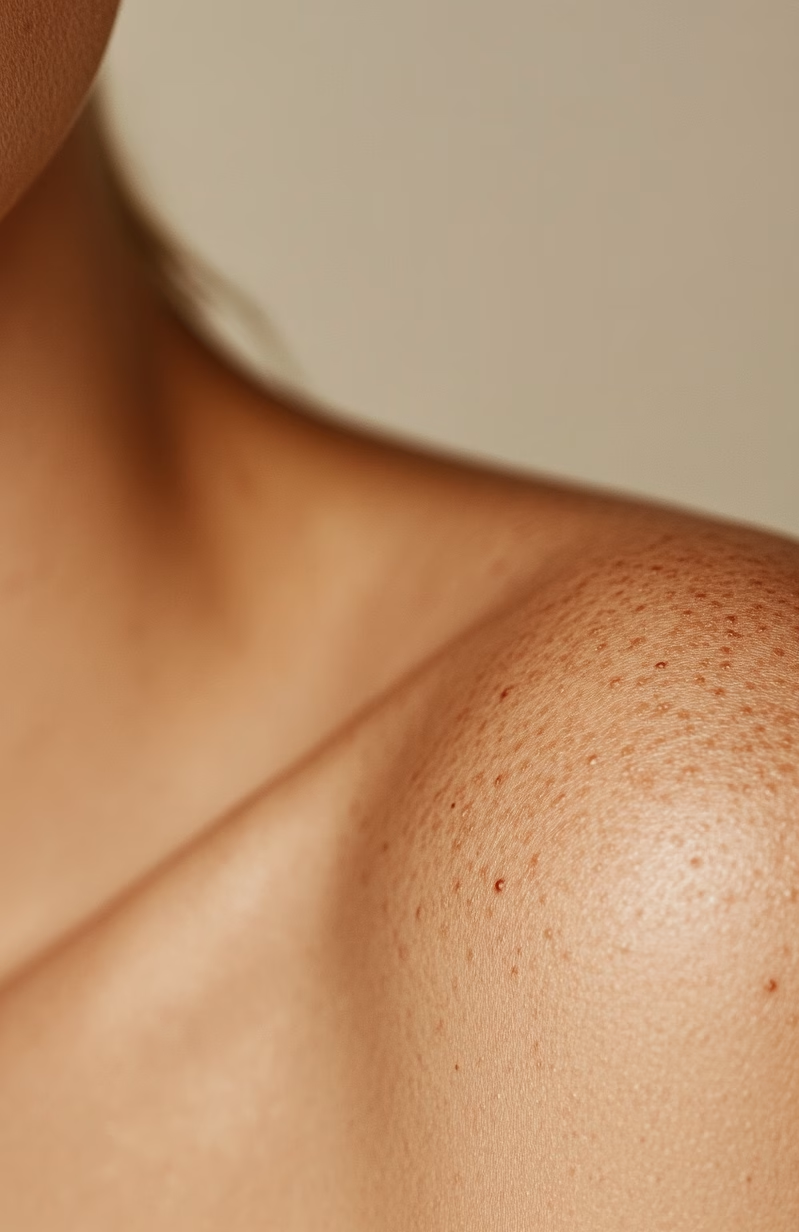
Discover liposuction
Liposuction is a surgical procedure offered at Victoria Park Medispa to remove localized fat resistant to diet and exercise.
- Modern techniques
- Personalized consultation
- Optimized post-operative care
- Secure procedure
- Firmer and more toned silhouette
- Reduction of localized cellulite
- Visible transformation
Treatments for keratosis pilaris
To treat keratosis pilaris, patients can choose between different non-invasive approaches and more advanced medical procedures. Non-invasive options include the use of moisturizing creams and gentle cleansers. Topical medications containing salicylic acid or urea may be prescribed to help exfoliate the skin and reduce bumps.
These substances help remove dead skin cells, improving the skin’s appearance. Among the medical-aesthetic procedures offered at Victoria Park Medispa, chemical peels are a popular and proven option. This procedure involves applying a glycolic acid solution to the skin, which helps exfoliate the top layer. By removing dead cells, chemical peels also support cell renewal, giving the skin a uniform and smooth appearance.
It is crucial to personalize the treatment based on age, overall health, and the severity of the condition. Patients can expect an improvement in their skin’s appearance after following the recommended treatments. Results vary depending on the chosen therapy and each patient’s individual response. Potential side effects, such as temporary redness or irritation, are generally minimal and short-lived.
CHEMICAL PEEL
Improve the quality of your hair and strengthen it with platelet-rich plasma (PRP) injections, a substance that stimulates follicle growth.
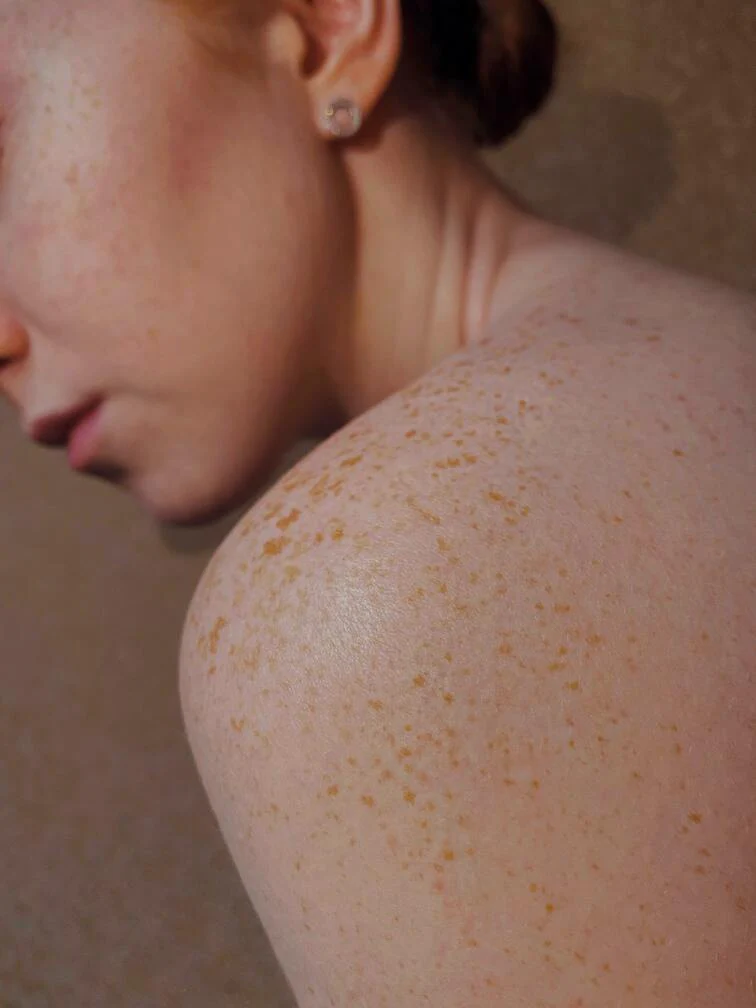
Keratosis pilaris: some advice before and after treatment
Before undergoing keratosis pilaris treatment at Victoria Park Medispa, it is essential for patients to participate in an initial consultation with a specialized healthcare professional. During this consultation, patients will have the opportunity to discuss their medical history, concerns, and expectations regarding the treatment. The medical-aesthetic healthcare professional can then recommend the most appropriate treatment options based on the patient’s individual needs, while providing detailed information on the treatment process and potential results.
After treatment, it is important for patients to carefully follow instructions regarding prescribed medications and the application of special creams or lotions, as well as recommendations on activities to avoid during the recovery period. Following keratosis pilaris treatment, it is recommended to avoid certain activities (excessive sun exposure, intense sports and physical activities, swimming pools and hot baths, use of irritating products, and excessive rubbing) to promote optimal healing and reduce the risk of unwanted side effects. It is also advisable to stay in touch with your medical team for any questions or concerns that may arise. Transparent communication is essential to ensure the patient feels supported throughout their journey and to quickly resolve any potential issues. By carefully following the advice before and after treatment, patients can maximize results and encourage a full recovery.
In summary
Keratosis pilaris is a common skin condition characterized by small, rough, sometimes red bumps that typically appear on the arms, legs, and face. Known as “chicken skin,” this condition can cause aesthetic discomfort but is not dangerous.
It is caused by a buildup of keratin that blocks hair follicles, often linked to genetic predispositions, hormonal changes (puberty, pregnancy, menopause), or medical conditions such as eczema or atopic dermatitis.
Treatments include the use of topical creams containing salicylic acid or urea to exfoliate the skin, as well as glycolic acid chemical peels to remove dead cells. In some cases, options such as laser treatment may be recommended for optimal results.
Results vary depending on the severity of the condition and the chosen treatment. An improvement in skin texture may be visible after a few weeks of regular care, although repeated treatments are often necessary to maintain results.
Victoria Park Medispa treatments for skin disorders
Seborrheic keratosis is a benign skin growth in elderly individuals, appearing on the face, scalp, chest, and back. These lesions range from light brown to black and have a waxy or scaly texture. Actinic keratosis, or solar keratosis, is a precancerous skin lesion caused by excessive sun exposure, manifesting as rough, scaly, and sometimes reddish patches.
Among the treatment options offered at Victoria Park Medispa, cryotherapy, chemical peels, photodynamic therapy, and surgical removal are available. These treatments can address pigmented spots of various colors (brown, gray, or black) that appear on different parts of the body. It is also treated with lightening creams, chemical peels, laser, and intense pulsed light treatments.
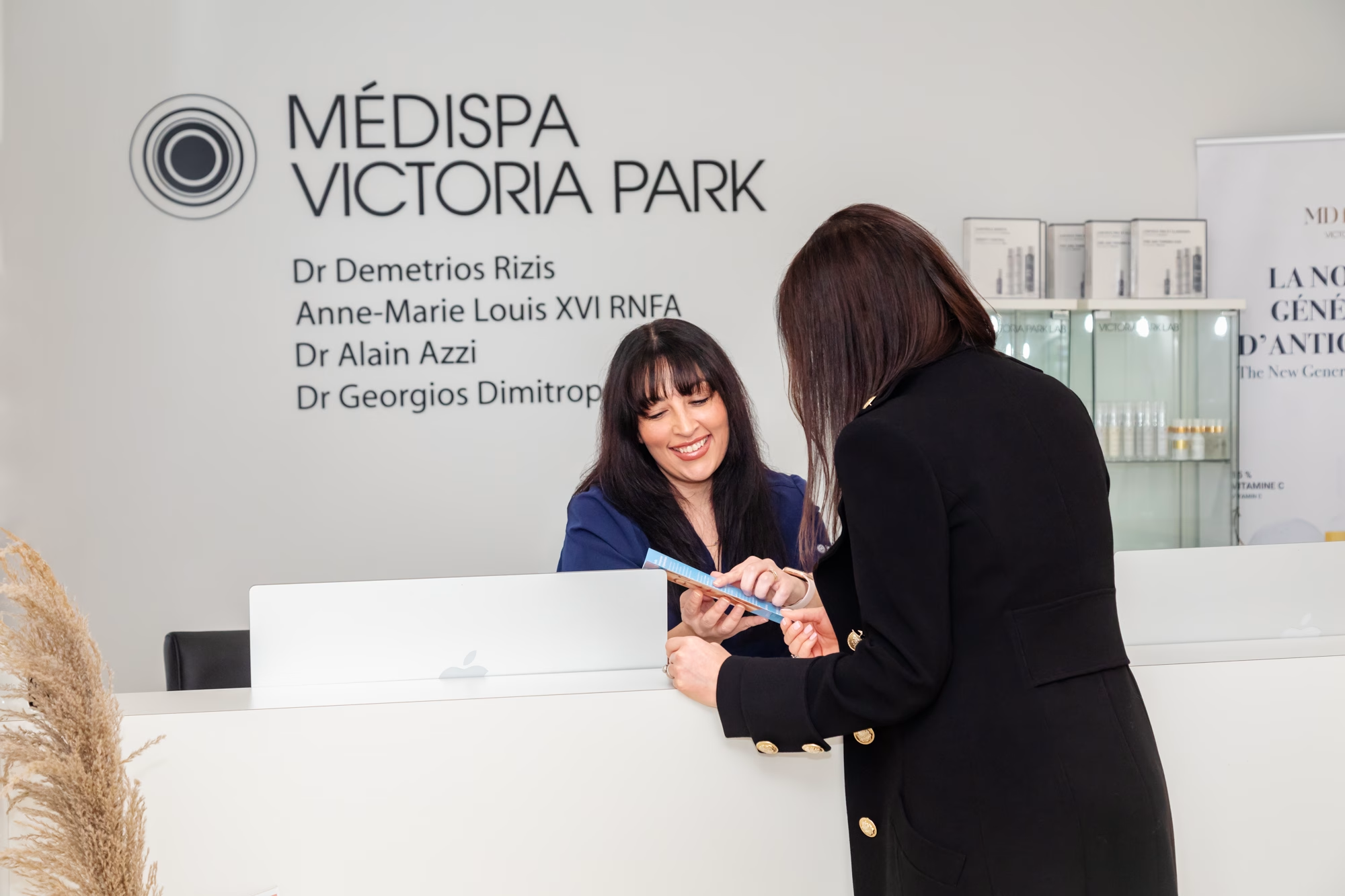
Platelet-Rich Plasma (PRP)
Improve the quality of your hair and strengthen it with platelet-rich plasma injections.
BOTOX™
Improve the appearance of your skin and complexion with BotoxTM treatment; reduce wrinkles & plump your lips
Facial care
Explore the best facial care to improve the appearance and health of your skin with safe and innovative techniques.
Decollete aesthetics
Discover aesthetic treatments for the neck and décolleté to improve the elasticity and texture of your skin.
Liposculpture
Victoria Park Medispa offers liposculpture, a surgery to reshape the body for a balanced and harmonious silhouette.
Women’s health
Every stage of life can impact women’s health. Discover the various vaginal conditions and their treatments offered at Victoria Park Medispa.

